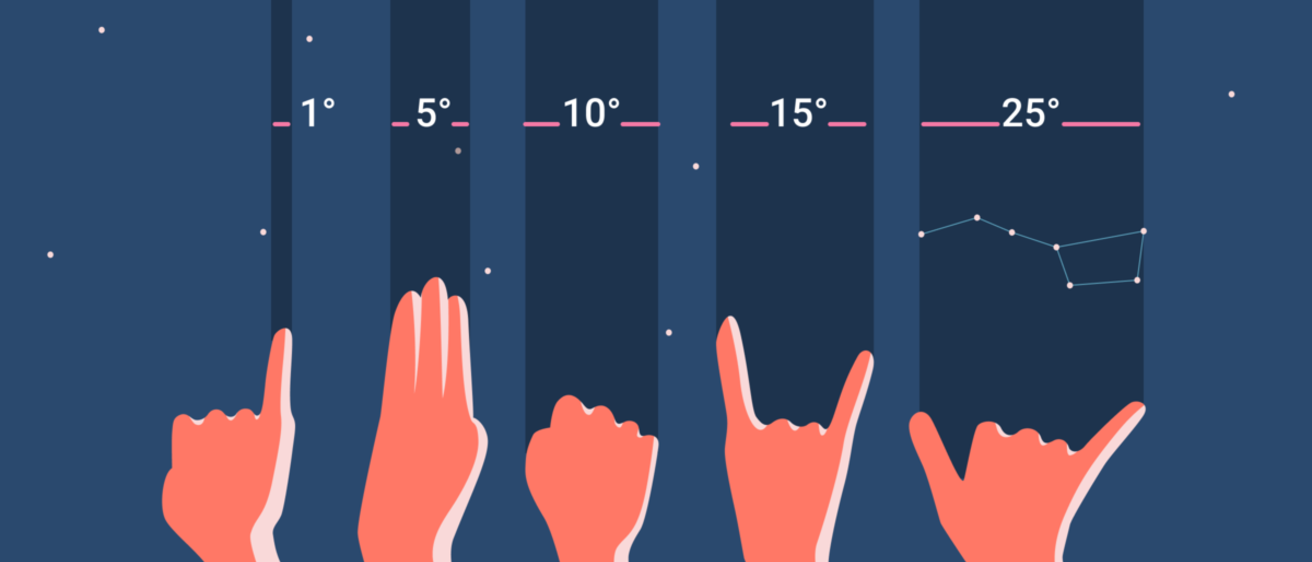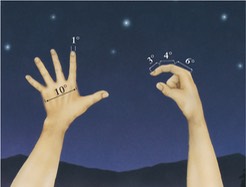
Learning Goals: Students will explore how an object's distance, physical size, and angular size relate to one another, and learn how astronomers use this relationship to determine the sizes of distant objects. Throughout the lab, using only the provided materials and their understanding of angular size, students will develop a method for estimating the diameter of the Old Capital building's dome with their lab groups.

